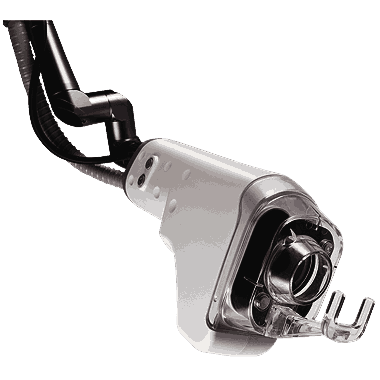CO2 fractional laser
Let's straighten this out!
Get CO2 fractional laser in Centennial
Fractional lasers use energy to create micro-ablated channels deep in the dermal layers of the skin. Only a fraction of the skin is affected while the skin around the channels is left in tact allowing for faster healing, less risks of scarring and lower downtime than if the skin was fully-ablated (treated without leaving supporting skin in tact). CO2 fractional lasers use carbon dioxide gas to create the channels in the skin that eventually lead to fresher, younger and clearer skin.
The wound-healing process produces fibroblasts that generate new collagen, plumping the skin and correcting skin imperfections.
At Invigorate Advanced Aesthetics Medical Spa in Centennial, Colorado the skilled practitioners will assess skin and design the perfect laser protocol to tackle every patient’s needs.
They can select from a wide spectrum of treatment depths and densities, depending on the problem, the downtime and patient goals. We use superficial depth treatments to correct pigment issues, medium depth treatments for fine lines and wrinkles and maximum depth treatments for deep scars, acne scars and deep wrinkles.
Schedule a free consultation today to uncover radiant and healthy skin.

Why CO2 fractional
laser?
It is the most versatile and advanced CO2 laser available
Edge ONE is the only technology that can perform a low downtime VanityPeel™ — using EDGE Pulse mode, an advanced skin treatment that reduces the appearance of fine lines, sun damage and pores while improving skin texture.
The EDGE Pulse is a high-peak-power, very short pulse that delivers a laser treatment with minimal thermal damage to surrounding tissue. The system delivers impressive superficial skin-resurfacing results.
Edge ONE is effective in treating:
- Mild to moderate sun damage
- Fine lines & wrinkles
- Reduction of acne scars & surgical scars
- Skin rejuvenation & improved texture
- Skin tightening
FAQs
The CO2 fractional laser is a carbon dioxide laser that precisely removes the deep outer layers of damaged skin and stimulates the regeneration of healthy skin underneath. The CO2 fractional laser treats fine to moderately deep wrinkles, photo damage, scarring, skin tone, texture, crepiness and laxity.
The exact time depends on the area being treated,but typically takes two hours or less to complete. This includes an additional 30 minutes for topical numbing to be applied prior to treatment.
CO2 fractional laser is the most invasive laser treatment we have. The treatment does cause discomfort, but we ensure that our patients are comfortable throughout the whole procedure. The sensation is often described as warm “pins and needles”.
After the skin heals, which may take up to 3 weeks, patients will experience a period where skin appears slightly pink. During this time improvements in skin texture and tone will emerge. Full results can be seen 3-6 months after the initial treatment once the skin has completely healed.
Improvements from a CO2 fractional laser treatment can be seen for many years after treatment. Results can be prolonged with diligent use of sunscreen, avoiding sun exposure, healthy lifestyle choices and the correct at home skincare maintenance.
The CO2 fractional laser can be used to treat specialized areas, such as the eyes and around the mouth; however, the most popular areas to treat with the CO2 fractional laser are the full face and neck. It can also be used on areas of the body where skin damage, scarring or aging has occurred.
Yes, there is downtime. Plan for 7-10 days for healing before you can go out in public. Your skin will scab and peel 2-7 days after treatment and will be pink for 3-4 weeks. The exact healing time varies from person to person.
Most patients only need one CO2 fractional laser treatment to see results though patients with deeper wrinkles or scarring may need multiple treatments to see results.
Like any medical procedure, there are risks associated with a CO2 fractional laser treatment. During your consultation your provider will make an assessment to ensure that you are the right candidate for treatment. Swelling is expected after treatment and resolves as healing progresses. Sometimes the laser will reactivate cold sores in people prone to them, they can be treated with an antiviral medication, milia and acne can also flare up but resolve during healing. If you experience prolonged high temperature it may indicate a bacterial infection, in this case we advise you to call the practice immediately.
A CO2 fractional laser treatment may not be safe for those with certain health problems. This includes patients who are currently taking Accutane. Those with a history of difficulty healing or scarring are also not candidates, as well as those with bleeding disorders. CO2 fractional laser treatments are not advised if you are pregnant or breastfeeding.

*By submitting this form you agree to be contacted by Invigorate Advanced Aesthetics and receive marketing messages via phone, text or email. You can unsubscribe from these communications at any time. We commit to protecting and respecting your privacy. For more information, please review our Privacy Policy.

